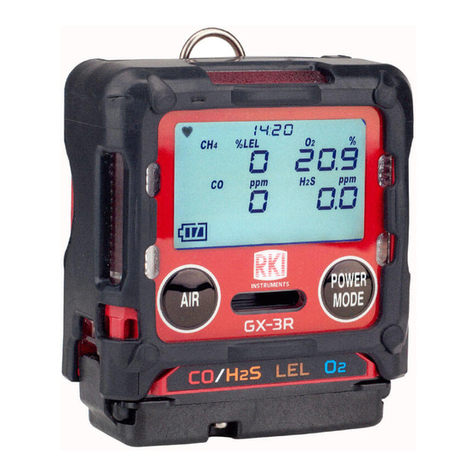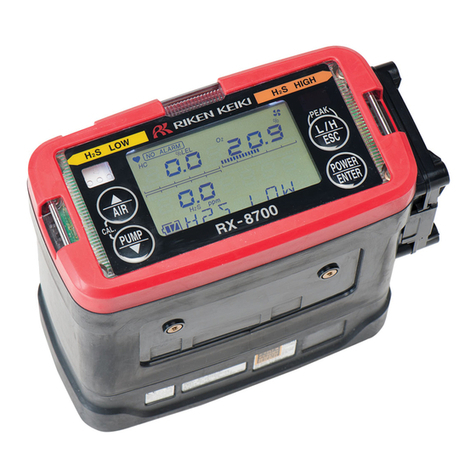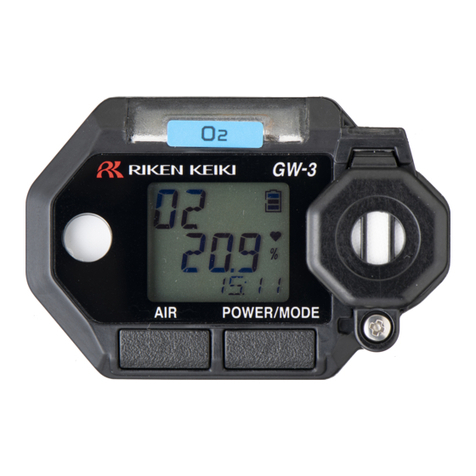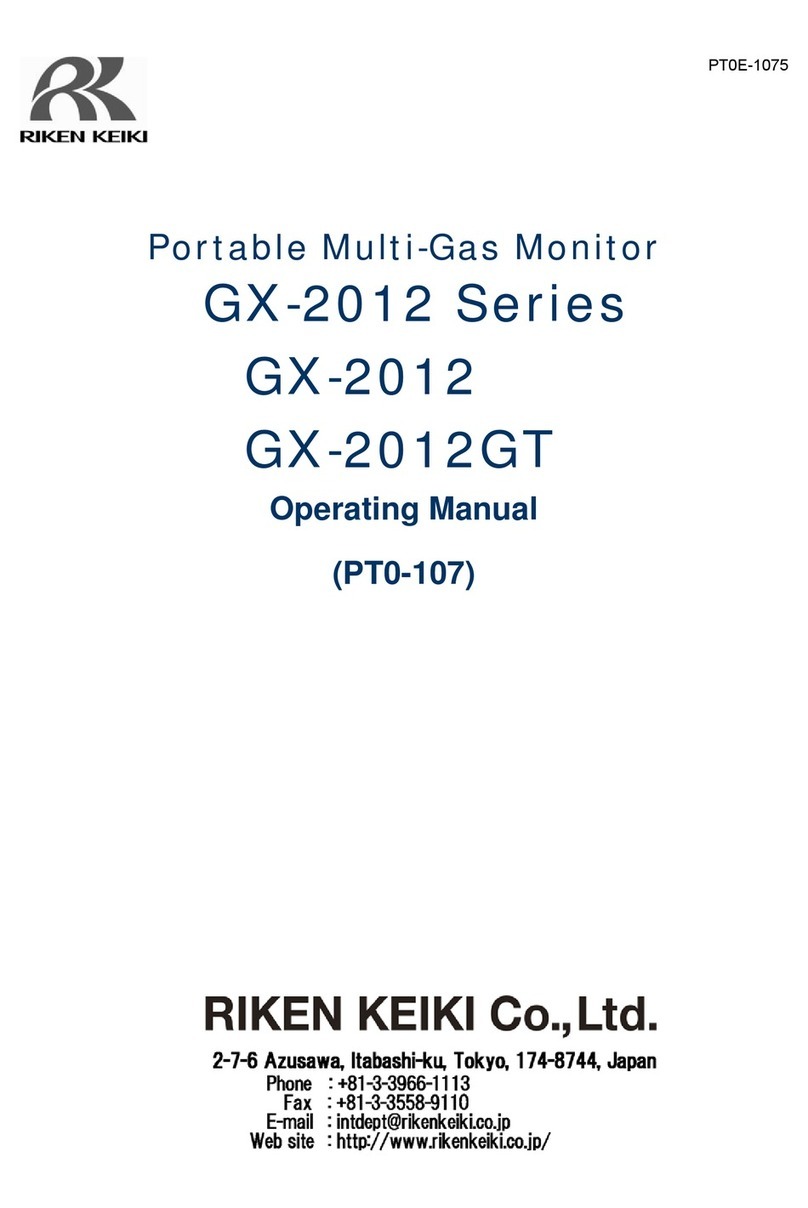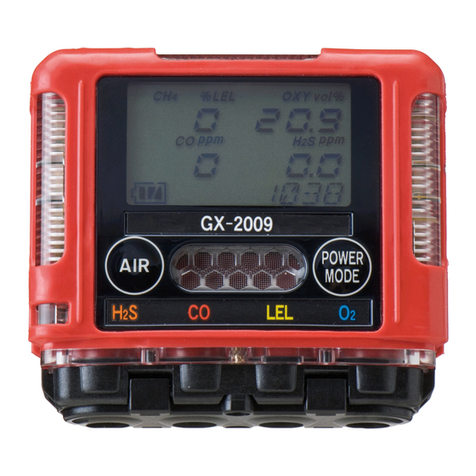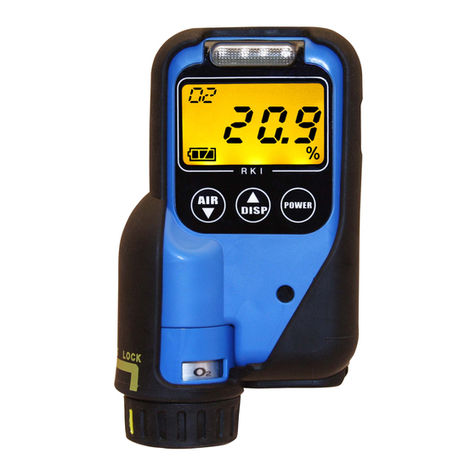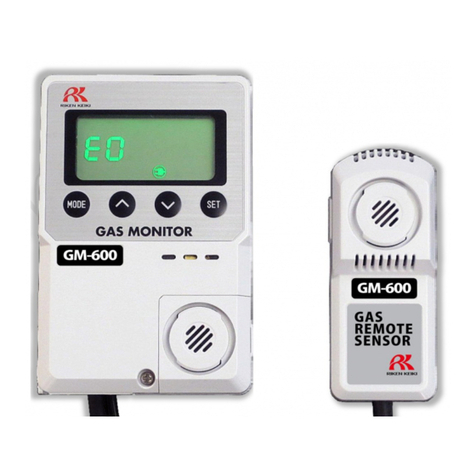
2
6.KIND OF ALARM AND ITS ACTION
6-1 Kind of alarm ……………………………………………………………… 30
6-2 Alarm action ……………………………………………………………… 30
6-3 Gas alarm (The unit with alarm setting)………………………………… 31
6-3-1 Responding to gas alarm……………………………………………… 31
6-3-2 Gas alarm possibility except the case of gas detection…………… 31
7.MAINTENANCE CHECK
7-1 Frequency of maintenance and check items …………………………… 32
7-1-1 Daily check …………………………………………………………… 32
7-1-2 Regular maintenance check ………………………………………… 32
7-1-3 Maintenance contract for regular check ………………………… 32
7-2 Replacing the parts ………………………………………………………… 33
7-3 Treatment when stopping operation or move its installation place … 34
7-3-1 Stopping the normal operation ……………………………………… 34
7-3-2 Changing the installation place ……………………………………… 34
7-4 Storage or treatment when not in use for a long period and treatment
for re-use…………………………………………………………………
34
7-5 Recommendable spare parts for regular maintenance ………………… 35
8.RESPONDING TO THE ABNORMAL CASE
8-1 Trouble alarm ……………………………………………………………… 36
8-2 Responding to the trouble ………………………………………………… 36
8-3 Before it is thought to be trouble………………………………………… 36
8-4 Troubleshooting……………………………………………………………… 37
9. DEFINITION OF TERMS……………………………………………………………… 39
10.DETECTION PRINCIPLE …………………………………………………………… 40
11.LIST OF PRODUCT SPECIFICATIONS
11-1 Standard specifications …………………………………………………… 41
11-2 Product compositions ……………………………………………………… 42
11-3 List of detection gas and range …………………………………………… 42

